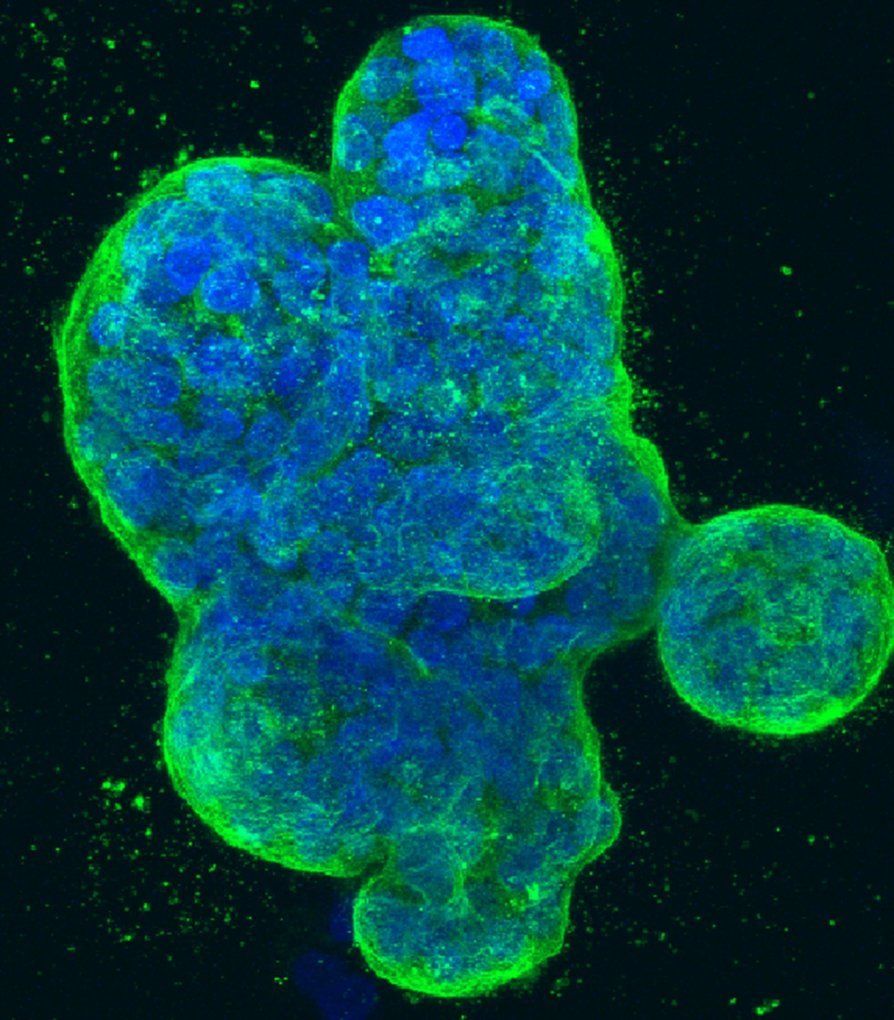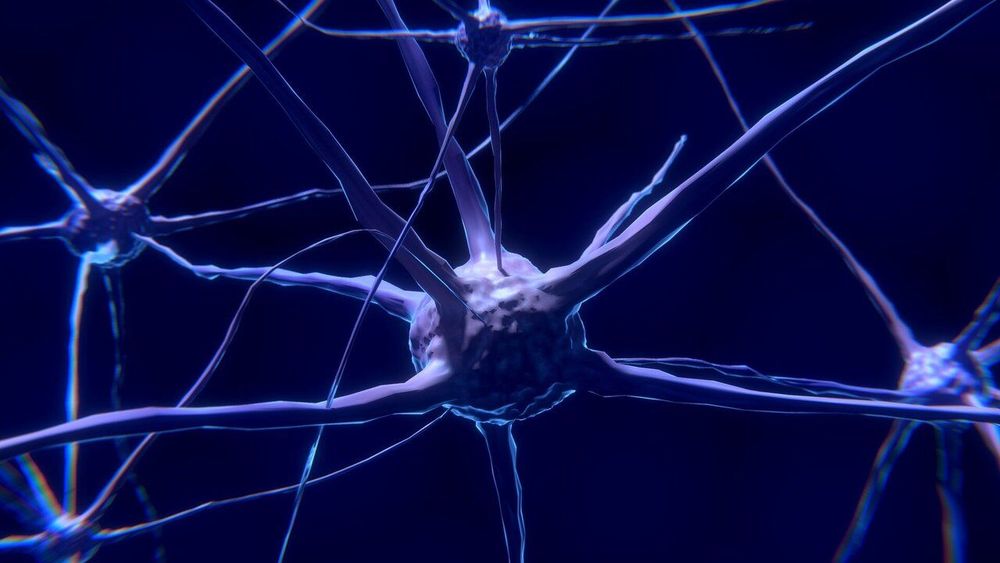Mount Sinai researchers have designed an innovative experimental therapy that may be able to stop the growth of triple-negative breast cancer, the deadliest type of breast cancer, which has few effective treatment options, according to a study published in Nature Chemical Biology in December.
The therapy is known is MS1943. In a cancer cell line and mouse models, it degraded a protein called EZH2 that drives the growth of triple-negative breast cancer.
Research teams led by Jian Jin, Ph.D., Director of the Mount Sinai Center for Therapeutics Discovery, and Ramon Parsons, MD, Ph.D., Director of The Tisch Cancer Institute at Mount Sinai, developed MS1943 as a first-in-class small-molecule agent that selectively degrades EZH2. They also showed that agents that inhibit the enzymatic activity of EZH2 but do not degrade EZH2 did not work in triple-negative breast cancer.









